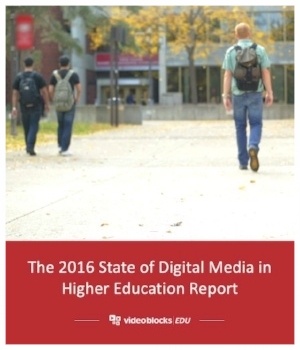Catie Peiper

Catie is an avid writer, traveler, and culture fanatic. Currently based out of Washington, D.C., she works at VideoBlocks as a Content Marketing Specialist. Before 2015, she lived in Los Angeles, where she studied film while researching digital media markets and global audiences at USC. Her writing has been published in the media studies journal Spectator and her research presented at several international film conferences.

